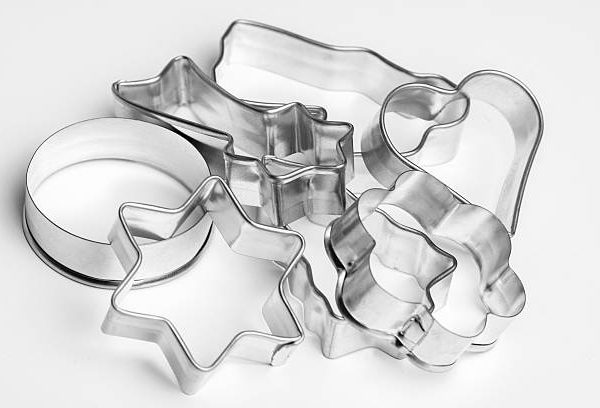Introduction
In a world where technology and digital art often take center stage, there’s something inherently special about the simplicity and timelessness of wooden creations. Wood cutouts, in particular, have a unique charm that harks back to traditional craftsmanship. These versatile pieces of art can be used in various ways, from home decor to educational tools, and they provide an excellent avenue for unleashing your creativity. In this blog, we’ll delve into the fascinating world of wood cutouts, exploring their history, the materials needed, and some creative ideas for your next project.
The History of Wood Cutouts
Wood cutouts have a rich history that dates back centuries. They were originally used for printing and illustration in the early days of printing presses. Craftsmen would carve intricate designs onto wooden blocks, apply ink, and press them onto paper or fabric to create prints. Over time, wood cutouts evolved and found their way into various artistic and decorative applications.
Materials and Tools
Before diving into your wood cutout project, it’s essential to gather the necessary materials and tools. Here’s a basic list to get you started:
- Wood: Choose a suitable wood type for your project. Plywood, MDF (Medium-Density Fiberboard), or solid wood like pine are commonly used. The thickness can vary based on your design and intended use.
- Saw: A scroll saw, jigsaw, or coping saw is ideal for cutting out your design. A band saw is excellent for more intricate work.
- Sandpaper: Different grits of sandpaper (from coarse to fine) will help smooth the edges and surface of your cutout.
- Pencil and eraser: For sketching your design onto the wood.
- Clamps and workbench: These will help secure the wood while you cut and sand it.
- Safety gear: Always prioritize safety. Wear safety goggles, a dust mask, and hearing protection when working with wood and power tools.
The Creative Process
- Design: Start by sketching your design on paper. This step allows you to plan the size and shape of your wood cutout. Keep in mind the intended use and where you want to display it.
- Transfer the design: Once you’re satisfied with your sketch, use a pencil to transfer the design onto the wood. You can freehand it or use tracing paper to copy a more complex pattern.
- Cutting: Carefully cut along the lines of your design using the appropriate saw. Take your time, especially if your design has intricate details.
- Sanding: After cutting, use sandpaper to smooth out any rough edges and surfaces. This step is crucial for achieving a polished look.
- Finishing touches: Consider adding a finish to protect the wood and enhance its appearance. You can use paint, stain, or a clear varnish, depending on your preference.
Creative Ideas for Wood Cutouts
- Home Decor: Create personalized wall art, decorative signs, or ornaments to add a touch of warmth and character to your living space.
- Educational Tools: Design wooden cutouts of letters, numbers, and shapes to aid in teaching children or for classroom decorations.
- Holidays and Seasons: Craft seasonal-themed cutouts for various holidays and occasions. From pumpkins for Halloween to snowflakes for winter, the possibilities are endless.
- Personalized Gifts: Craft unique gifts for friends and family, such as personalized name plaques, photo frames, or keychains.
- Garden Decor: Design wooden garden stakes, birdhouses, or plant markers to enhance your outdoor space.
Conclusion
Wood cutouts are a delightful way to embrace traditional craftsmanship while infusing your unique creativity into your projects. With the right materials, tools, and a bit of imagination, you can create beautiful and functional pieces that add charm to your surroundings. Whether you’re a seasoned woodworker or a beginner, the art of wood cutouts offers endless opportunities for self-expression and craftsmanship. So, pick up your tools, choose your design, and let your creativity flow through the grain of the wood. Happy crafting!
